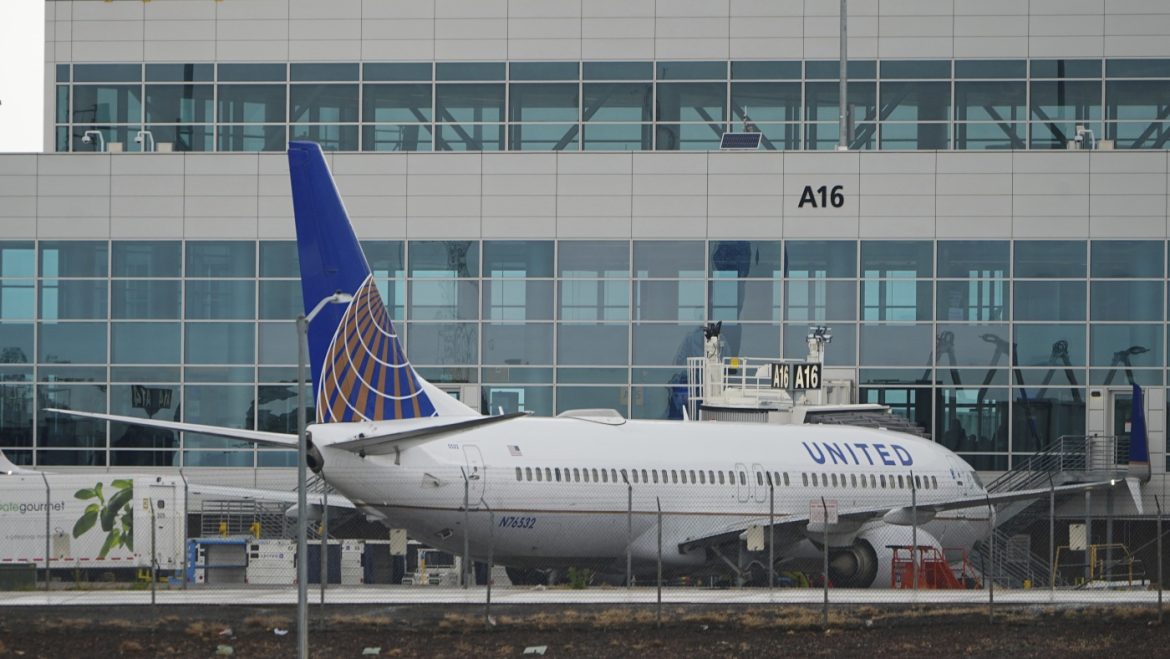Communication Outage at Denver Air Traffic Control: A Close Examination
On a recent Monday afternoon, Denver Air Route Traffic Control Center (ARTCC), responsible for managing a vast swath of the Western United States airspace, experienced a sudden communications failure lasting roughly 90 seconds to two minutes. This brief but impactful outage temporarily severed the critical radio link between air traffic controllers and some pilots operating near Denver International Airport (DIA). The incident occurred around 1:50 p.m. local time and triggered an immediate scramble to utilize backup frequencies to ensure safety and maintain traffic coordination.
Context and Scope of the Outage
Denver ARTCC covers an immense area—approximately 285,000 square miles—encompassing nearly all of Colorado plus parts of Wyoming, Montana, South Dakota, Nebraska, Kansas, New Mexico, Arizona, and Utah. This control facility oversees one of the busiest airspaces in the country. The outage reportedly impacted the main and backup radio transmitters responsible for communication over a segment of this airspace. Although radar systems remained operational, controllers lost voice contact, leaving some pilots effectively without real-time guidance.
Approximately 20 aircraft were affected as they approached or descended into Denver International Airport during the outage. These planes temporarily lost the ability to communicate with controllers, sparking understandable alarm among pilots and controllers alike. According to FAA Deputy Frank McIntosh and other officials, controllers quickly resorted to alternative communication channels, relaying instructions via secondary frequencies to mitigate risks arising from the outage.
Technical and Operational Details
The disruption involved the failure of both primary and backup transmitters that usually provide layered redundancy for voice communications in this high-traffic sector. This simultaneous transmitter failure is notable, as the system is designed with multiple safeguards to prevent complete communication loss. The incident underscores vulnerabilities in current FAA infrastructure, which relies on aging equipment increasingly prone to sporadic outages.
Despite the loss of voice contact, radar surveillance remained intact, allowing controllers to track flight positions continuously. The separation of communication and radar outages helped prevent a total operational collapse. Controllers, however, had to swiftly coordinate switching to alternate frequencies—measures scripted in procedures but challenging to execute under pressure.
Broader Context: Aging FAA Infrastructure and Staffing Shortages
This event is part of a worrying pattern of frequent outages affecting U.S. air traffic control facilities. Similar incidents have recently happened at major hubs such as Newark Liberty International Airport, where both communications and radar systems were disrupted for more than a minute, causing widespread operational chaos.
The FAA’s air traffic control system is grappling with aging technological infrastructure, much of which dates back decades and struggles to keep pace with modern aviation demands. Official reports and expert analyses reveal that these equipment failures are becoming more common, raising concerns about national airspace safety.
Staffing challenges compound these technical issues. Denver ARTCC and DIA Tower currently operate below full staff capacity, with shortages of several air traffic controllers. These shortages increase the workload on remaining personnel, potentially impacting operational resilience during equipment failures or emergencies.
Response and Investigations Underway
The FAA has initiated a thorough investigation into the Denver outage’s root cause, examining why both transmitters failed simultaneously and why backup measures took time to restore full communications. FAA officials confirmed that controllers followed established protocols, quickly switching frequencies to resume communication and maintain safe traffic separation.
Additionally, this event has drawn scrutiny from congressional committees and aviation stakeholders, who have been pressing for comprehensive modernization of the U.S. air traffic control system. Transportation Secretary Sean Duffy recently proposed multi-billion-dollar investment plans to overhaul infrastructure over the next several years, aiming to reduce incidents like this.
Implications and Lessons
– Safety Risks and Operational Interruptions: Although no accidents occurred, short communication lapses expose vulnerabilities that could lead to catastrophic outcomes if layered redundancies fail simultaneously.
– Need for Modernization: The incident highlights an urgent need to replace and upgrade outdated FAA technology with more robust, reliable, and resilient communication systems.
– Resource and Staffing Management: Equipment upgrades alone are insufficient without addressing longstanding controller staffing shortages and workload pressures.
– Emergency Preparedness: Training and procedural readiness allowed controllers to manage the outage effectively, demonstrating the value of robust contingency plans.
Conclusion: Charting a Safer Flight Path Forward
The fleeting but critical communication blackout experienced at Denver ARTCC is a stark reminder of the fragility lurking beneath the veneer of modern aviation’s complexity. This event does not just show the consequences of aging technology and stretched staffing—it illuminates an urgent crossroads requiring decisive action.
By investing in cutting-edge infrastructure, expanding controller staffing, and refining emergency protocols, the FAA can reclaim reliability and safety for the nation’s skies. Until then, every second without clear air traffic communication represents a test of skill, resilience, and the aviation system’s underlying strength.
Ensuring that such incidents become rarities rather than repeated headlines is essential—not only for those in the cockpit and control tower but for every passenger trusting the invisible web of systems that guide each flight safely home.


